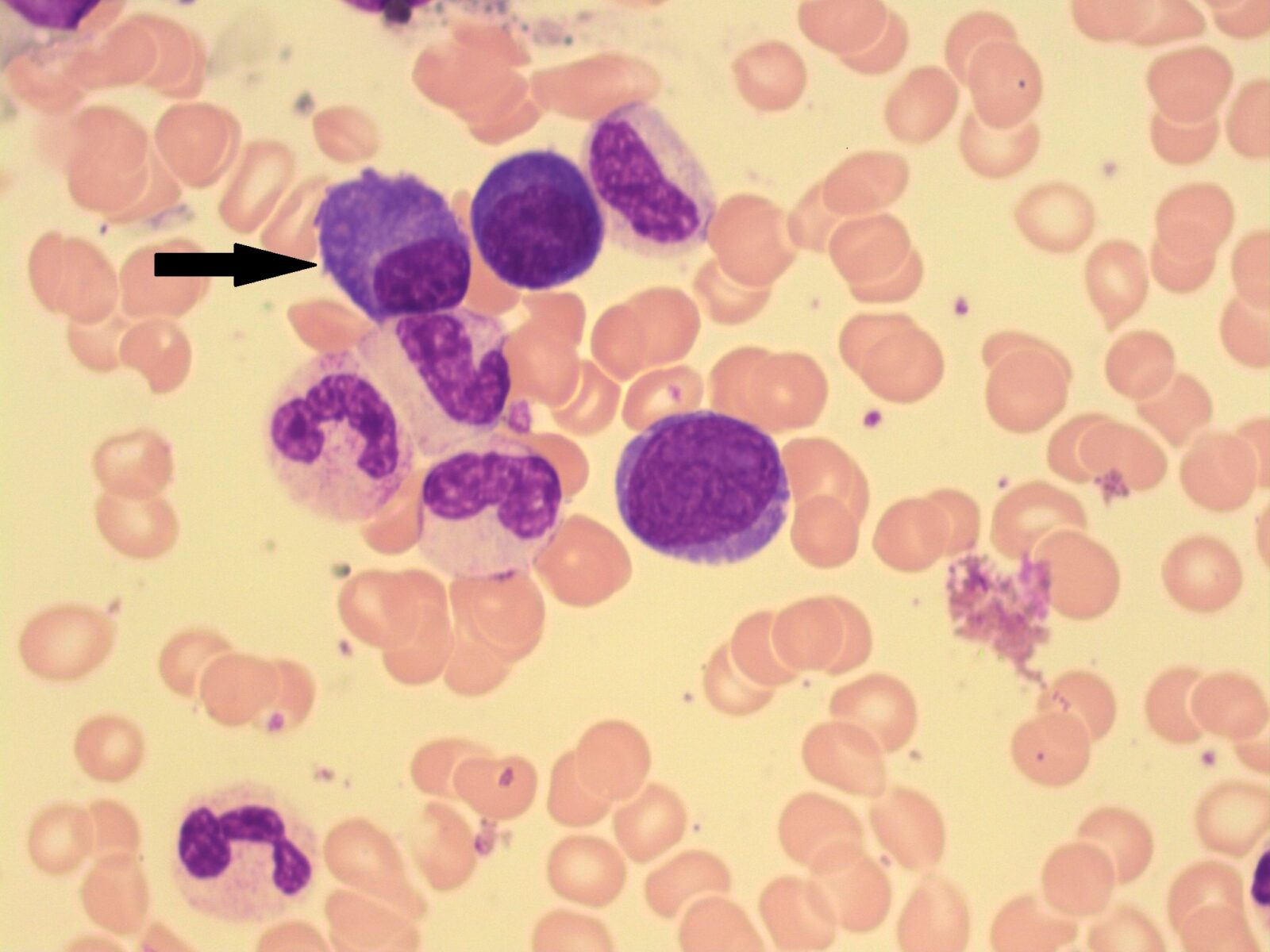What Is a Plasma Cell?
White blood cells, known as plasma cells or effector B cells or plasma B cells, are white blood cells that develop from B lymphocytes in the lymphoid organs and secrete large amounts of proteins known as antibodies in response to being exposed to particular foreign substances known as antigens.
The blood plasma and lymphatic system carry these antibodies from the plasma cells to the target antigen, where they begin to neutralise or destroy it. B cells develop into plasma cells, making antibody molecules similar to the precursor B cell’s receptors.
Activated naive B cells produce plasma cells.
Plasma B cells are antibody factories that produce antibodies tailored to the antigen on the surface of the invading pathogens. These monoclonal antibodies circulate throughout the body, looking for their target antigens. When they locate the pathogen, they attach it to the antigen and identify it so other immune system elements can eliminate it.
What Is Plasma?
The liquid portion of our blood, plasma, makes up 55% of the total volume of our blood. Plasma circulates throughout our circulatory system to assist our body heal from wounds, distributing nutrients, eliminating waste, and preventing infection.
Plasma acts as a carrier for the transportation of nutrients to the cells of organs and waste products from cell metabolism to the liver, kidneys, and lungs for elimination. It serves as a system for transporting blood cells and is essential for preserving normal blood pressure.
By preserving homeostasis, or biological stability, such as the acid-base balance in the blood and body, plasma helps distribute heat throughout the body.
Erythrocytes (red blood cells), leukocytes (white blood cells), and thrombocytes (platelets) are isolated from whole blood to produce plasma. The remaining straw-coloured fluid is mostly water (90–92%) but contains essential solutes for maintaining life and health.
The functions of plasma in the human body contribute to its overall health, which includes the following:
- Redistributing water to the parts of the body that need it.
- Hormones, nutrients, and proteins are distributed to various body parts, assisting in the exchange of oxygen and carbon dioxide.
- Preventing the collapse or blocking of blood vessels.
- Maintaining circulation and blood pressure.
- Balancing heat generation and absorption to control body temperature.
- Transferring waste from cells to the liver, lungs, and kidneys for elimination.
- Promoting blood clotting.
- Protection against the parasite, bacterial, viral, and fungal infections.
What Are Antibodies?
A protein called an antibody, also called immunoglobulin (Ig), is produced by plasma cells in response to an antigen’s activation. The functional foundation of humoral immunity is antibodies.
Blood, stomach, and mucus secretions include antibodies. These body fluids contain antibodies that can bind viruses and identify them for phagocyte eradication before they infect cells.
Four polypeptides make up an antibody molecule: two identical heavy chains (major peptide units) partially attached in a “Y” shape, surrounded by two similar lighter chains (smaller peptide units).
The B-cell produces antibodies (specialised white blood cells). A B-cell multiplies and clones when it encounters an antigen. These plasma cells, also known as cloned B cells, release countless amounts of antibodies into the lymphatic and blood systems.
Antigen vs Antibody
A foreign object that enters the body is known as an antigen. This can include allergies, bacteria, viruses, fungi, venom, and other types of toxins. Our immune system produces antibodies to attack and fight off these antigens.
Classes of Antibodies
IgM, IgG, IgA, IgD, and IgE are the five classes of antibodies based on their structural, physiochemical, and immunological characteristics.
- IgA: It is a pathogen-fighting protein present in tears, saliva, mucus and intestinal fluid.
- IgG: This makes the most prevalent antibody, comprising nearly 70% to 75% of total immunoglobulins in the human body. It is primarily present in blood and tissue fluids. They protect the body from bacterial and viral infections.
- IgD: This antibody is located on the surface of B cells. IgD is believed to assist B cell development and activation, while its precise role is unknown.
- IgE: They induce the mast cells to produce histamine and other substances into the bloodstream. IgE antibodies help prevent allergic responses. They are primarily found in the skin, lungs, and mucous membranes.
- IgM: They are present in the lymph and blood system, acting as the body’s first line of defence against infections. They also have a significant impact on immune system regulation.
Stay tuned to BYJU’S Biology for more information.





